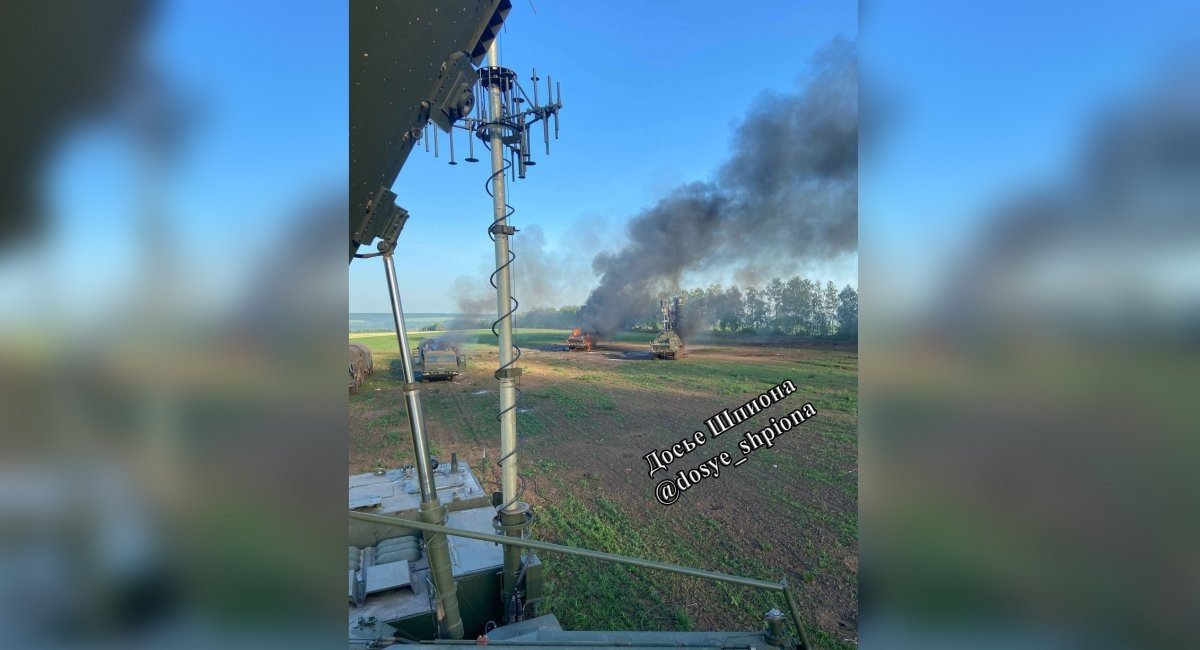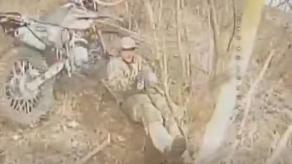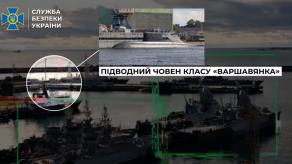Missile strike of the Ukrainian Armed Forces has found its target, the S-400 surface-to-air anti-aircraft system deployed near the Belgorod city of russia, a few dozen kilometers from Ukraine's border. Smart rockets launched by an American M142 High Mobility Artillery Rocket System (HIMARS) hit the russian equipment several days after the United States decided to lift the ban on using its weapons for strikes inside russia.
Footage showing massive fire on the site of S-400 deployment and photos of burned equipment have been published online. Besides confirming the accuracy of the long-range attack, the imagery serves as an illustration of what happens to russian weapons when they encounter GMLRS precision-guided rockets fired from HIMARS.
Read more: Which American Weapons Ukraine Can Use to Strike russia, But Not Long-Range ATACMS Missiles
Particularly, pay attention to the photo taken from the roof of the 92N6 radar, the component of the S-400 system. Two launchers in the distance destroyed and the support vehicles damaged. One of the latter could well be a command vehicle, the exact identification is difficult by this photo alone.
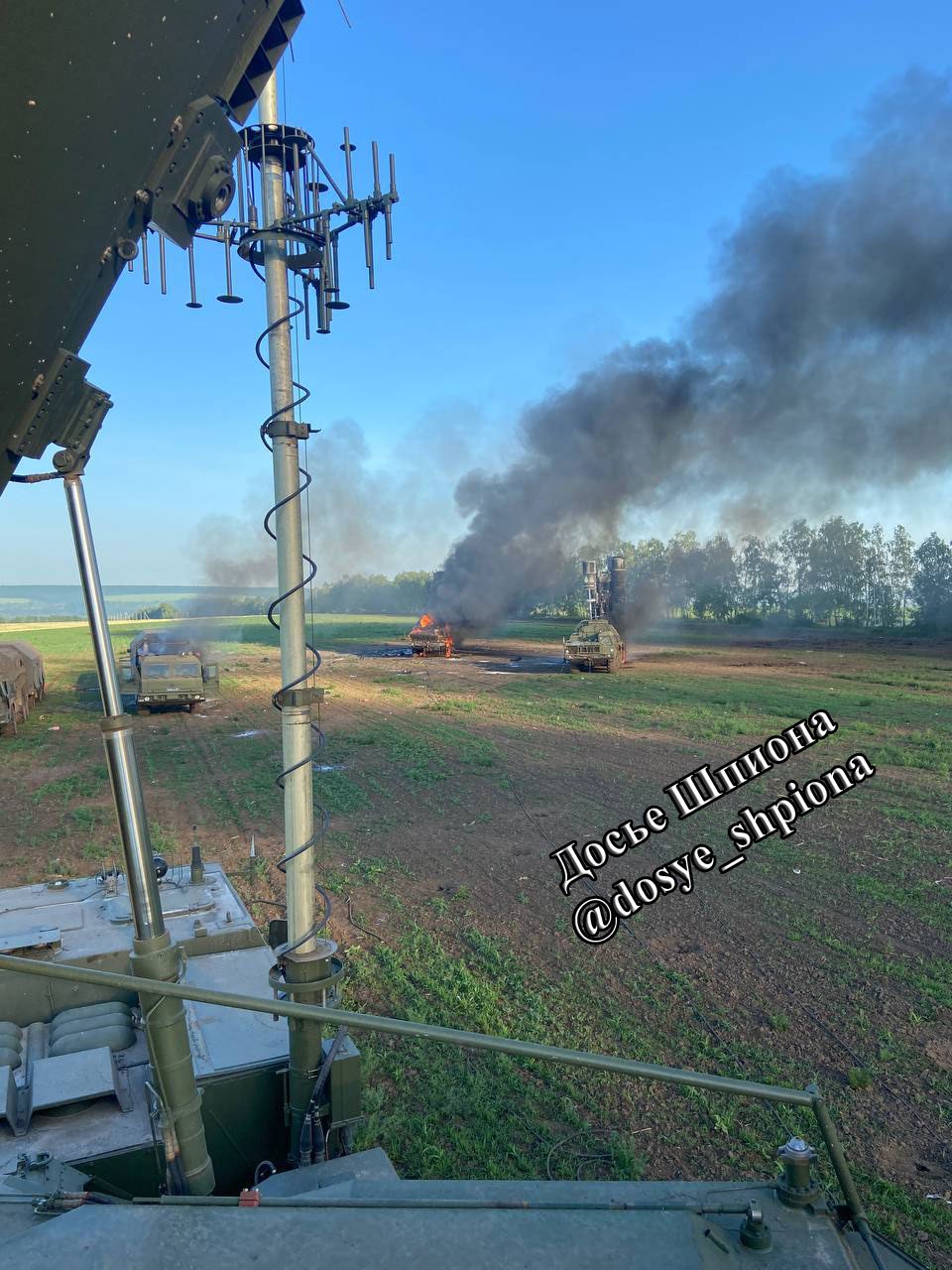
Landing such a hit on the launchers means a complete destruction since the solid fuel in the loaded anti-aircraft missiles burns them inside out. The real conundrum is the condition of the cornerstone of this system — the 92N6 mobile radar station. Here we should look closely at the radar antenna, just the part within the view was pierced over fifty times (as highlighted in red in the next photo).
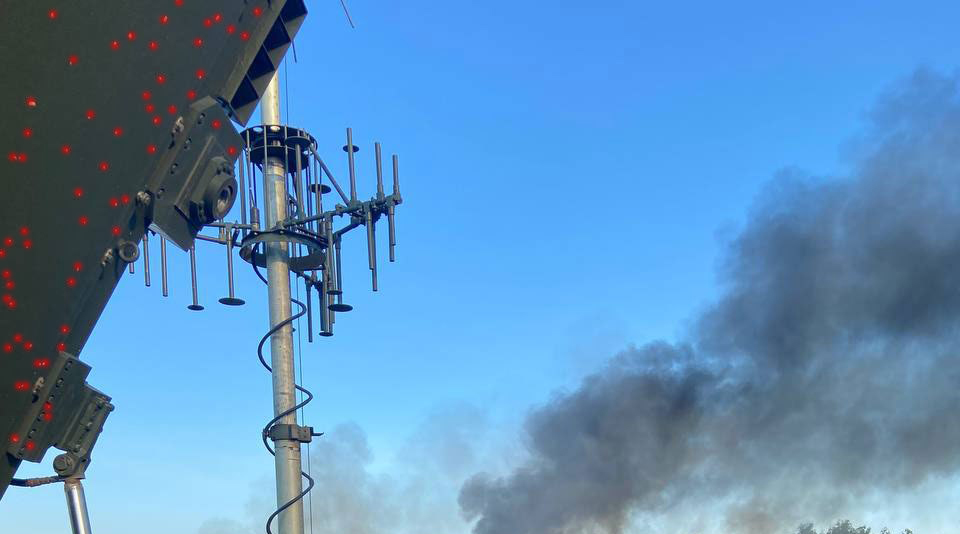
These holes are the result of the GMLRS warhead filled with tungsten balls blasting everything around with fragmentation. Defense Express earlier explained what happens when a GMLRS rocket explodes and why you cannot hide from it. For a reminder, here's a video:
Getting hit with such a fragmentation blast leads to a guaranteed incapacitation of the radar which S-400 cannot operate without. The station needs to spend a long time in repair, if it's even reasonable to attempt considering the character of damage. After all, the main element of the radar is pierced across its entire working area. That is all while the system may appear unaffected to the eye or to the satellite. A similar case occurred before, when fragmentation of an ATACMS missile fired by an M142 HIMARS left a visually unharmed russian helicopter honeycombed with tungsten.
Based on this evidence, we can expect another S-400 anti-aircraft missile defense system counted out as eliminated. The russian forces are currently using their S-400s to patch up holes in the air defenses leaving them open to a strike at a relatively short distance from the front or the border.
Also, this originally anti-air systems are being used for regular shellings of the Ukrainian cities within their reach by spitting out missiles to fall along a ballistic trajectory.
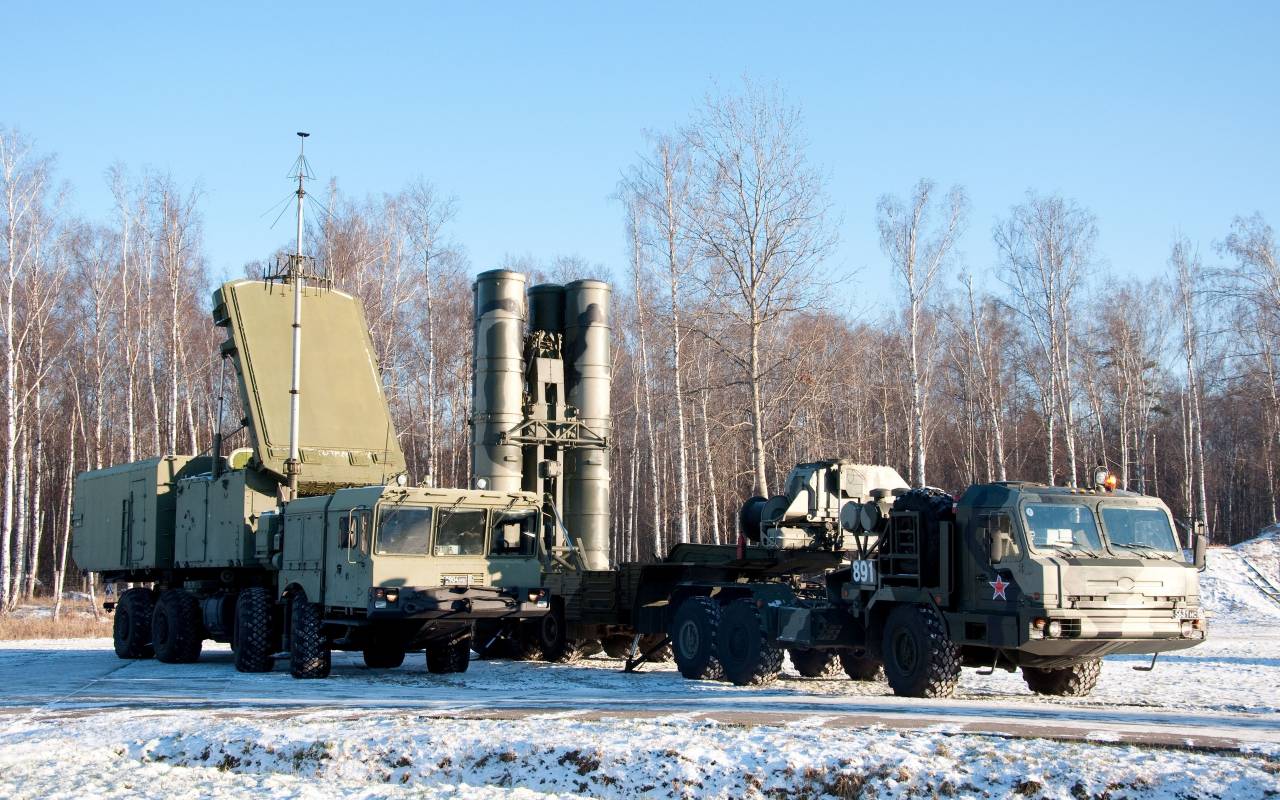
Read more: About russian S-400 Launching Missiles on Kyiv While Being 45 km From Border




